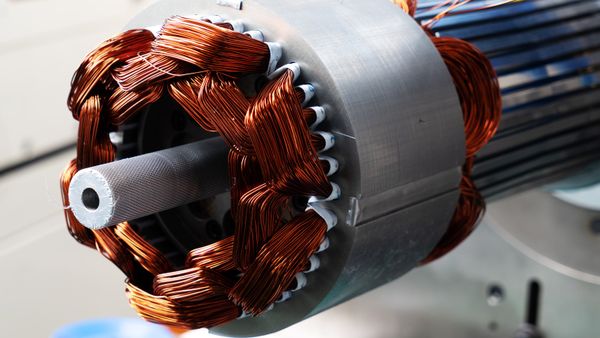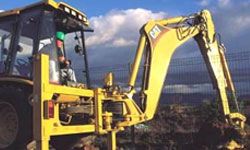Pros and Cons of Hydraulics
The main advantage of hydraulic systems is they can easily multiply the relatively weak force of the pump to generate the stronger force needed to lift the elevator car (see How Hydraulic Machines Work to find out how).
But these systems suffer from two major disadvantages. The main problem is the size of the equipment. In order for the elevator car to be able to reach higher floors, you have to make the piston longer. The cylinder has to be a little bit longer than the piston, of course, since the piston needs to be able to collapse all the way when the car is at the bottom floor. In short, more stories means a longer cylinder.
Advertisement
The problem is that the entire cylinder structure must be buried below the bottom elevator stop. This means you have to dig deeper as you build higher. This is an expensive project with buildings over a few stories tall. To install a hydraulic elevator in a 10-story building, for example, you would need to dig at least nine stories deep!
The other disadvantage of hydraulic elevators is that they're fairly inefficient. It takes a lot of energy to raise an elevator car several stories, and in a standard hydraulic elevator, there is no way to store this energy. The energy of position (potential energy) only works to push the fluid back into the reservoir. To raise the elevator car again, the hydraulic system has to generate the energy all over again.
The roped elevator design gets around both of these problems. In the next section, we'll see how this system works.


